Calvin Terrell hosts Healing Historical Trauma museum
Calvin speaks at Healing Historical Museum at ETHS on Feb. 12.
February 15, 2019
In an effort to educate students, staff and others at ETHS on the true power they hold, community builder Calvin Terrell hosted a Healing Historical Trauma museum earlier this week.
“I want students to walk away with, first, realizing they have power. The power to name reality,” Terrell said. “They have the power to create, think, and then [ask] ‘what does it mean to engage and talk about this stuff with people?’”
The three days of the exhibit, from Monday to Wednesday, included conversations on fragility and fortitude, identification and class, environmental disruption, gender and religion, as well as the intersectionality of race.
“In order for America to really heal from it’s past, we have to confront our past,” Assistant Superintendent and Principal Marcus Campbell said. “Calvin’s workshops are a way to confront the historical problems and trauma that have been imposed upon lots of people of color in this country… this is a way we can confront this and really heal.”
Terrell’s museum was co-led by student and faculty animators who worked to cultivate conversations among those examining historical, current trauma.
“We draw out conversations by asking questions such as ‘where are you at?’ and ‘how are you feeling?’” animator and senior Cion Miller-Smith explained. “I worked with Calvin Terrell for the summit. I wanted to gain more knowledge.”
In addition to the aforementioned topics, the exhibit included multiple interactive experiences. In one such experience, two volunteers demonstrated how cultures were stripped and stolen from black people and Native peoples through the use of muñeca dolls. The purpose of the activity was to show how quickly many people were anglicized and latinized into Eurocentric beliefs.
“I always knew that America was built on blood and destruction, but what he showed made me realize there was more meaning to it,” sophomore Brenda Archil said.
Overall, Terrell’s purpose was to guide students to begin “auditing reality” in their everyday interactions.
“If my definition of good contributes to the destruction of the Earth or the exploitation of other peoples or species, then can I really call it good? If I call what I call ‘progress,’ and if it hurts the Earth or if it hurts others, can I really call it progress?” Terrell said. “With this auditing of reality, then what does it mean to evolve? To create a more symbiotic, united reality.”
Along with the auditing of reality which a key piece to Terrell’s exhibit, students, staff and faculty have to capacity to walk away with their changes in their perspectives.
“There’s an impression [of Terell] in the eyes and the hearts of the kids who have experienced his work, and for some kids, it is life changing,” Campbell said.

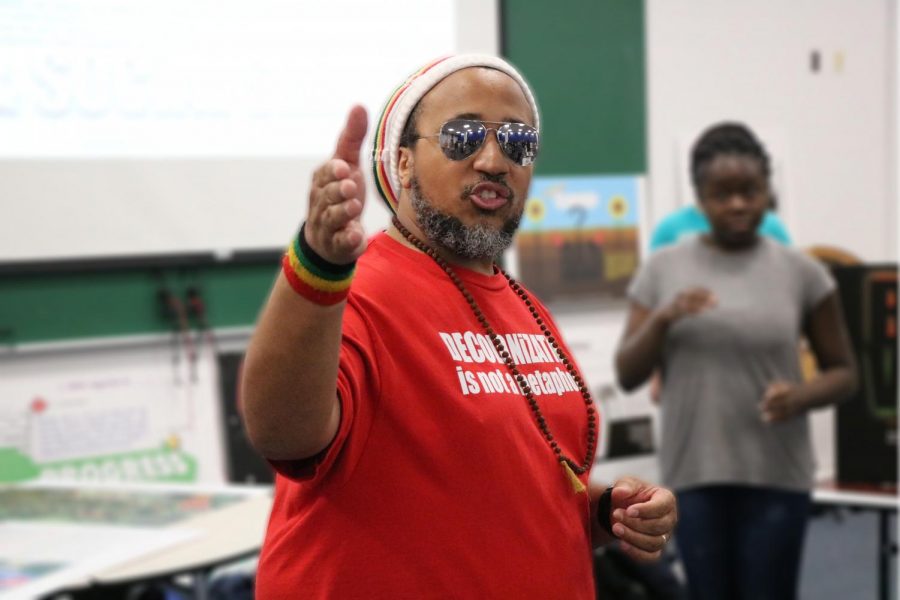
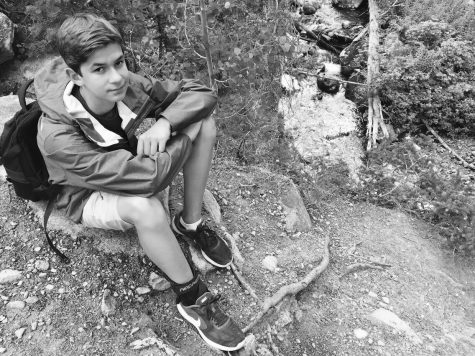
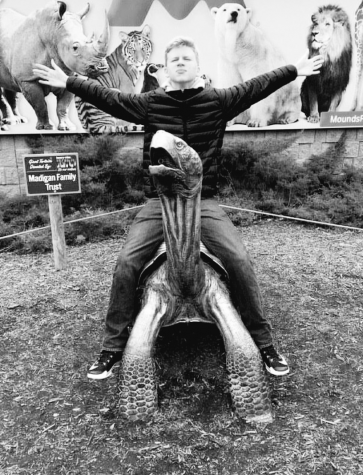

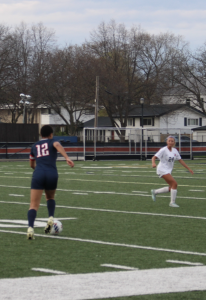

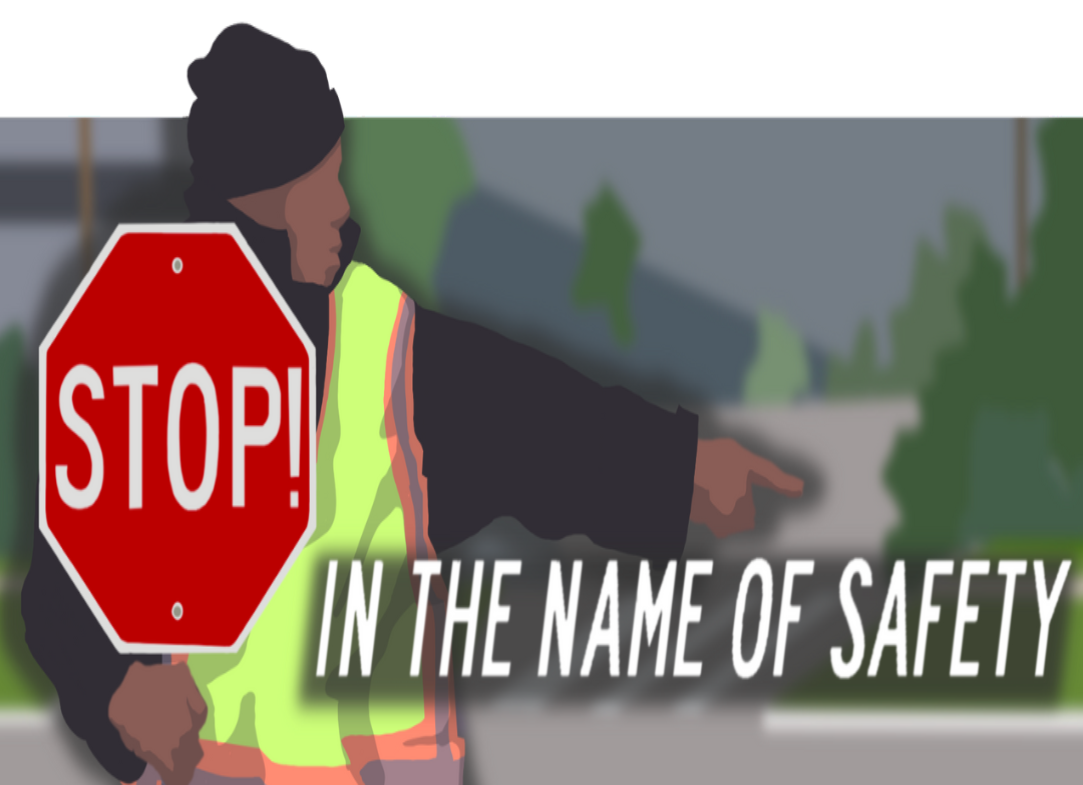
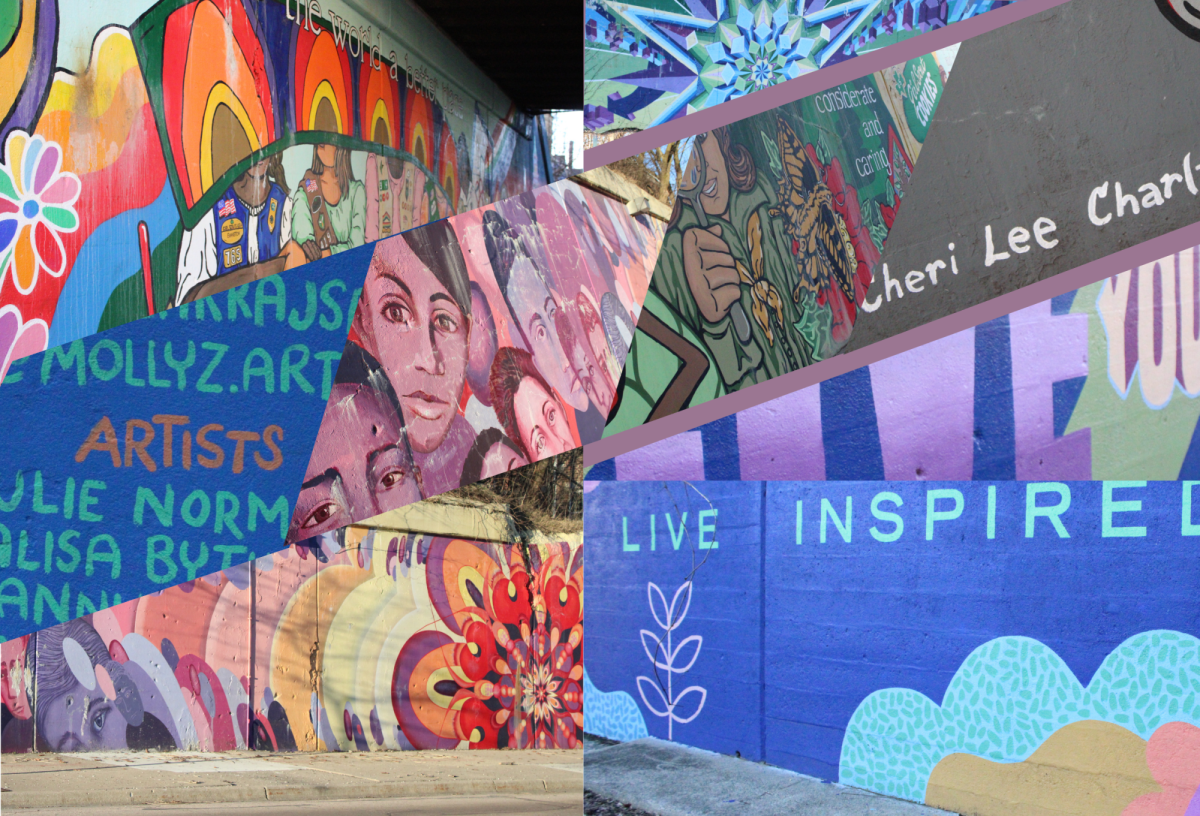
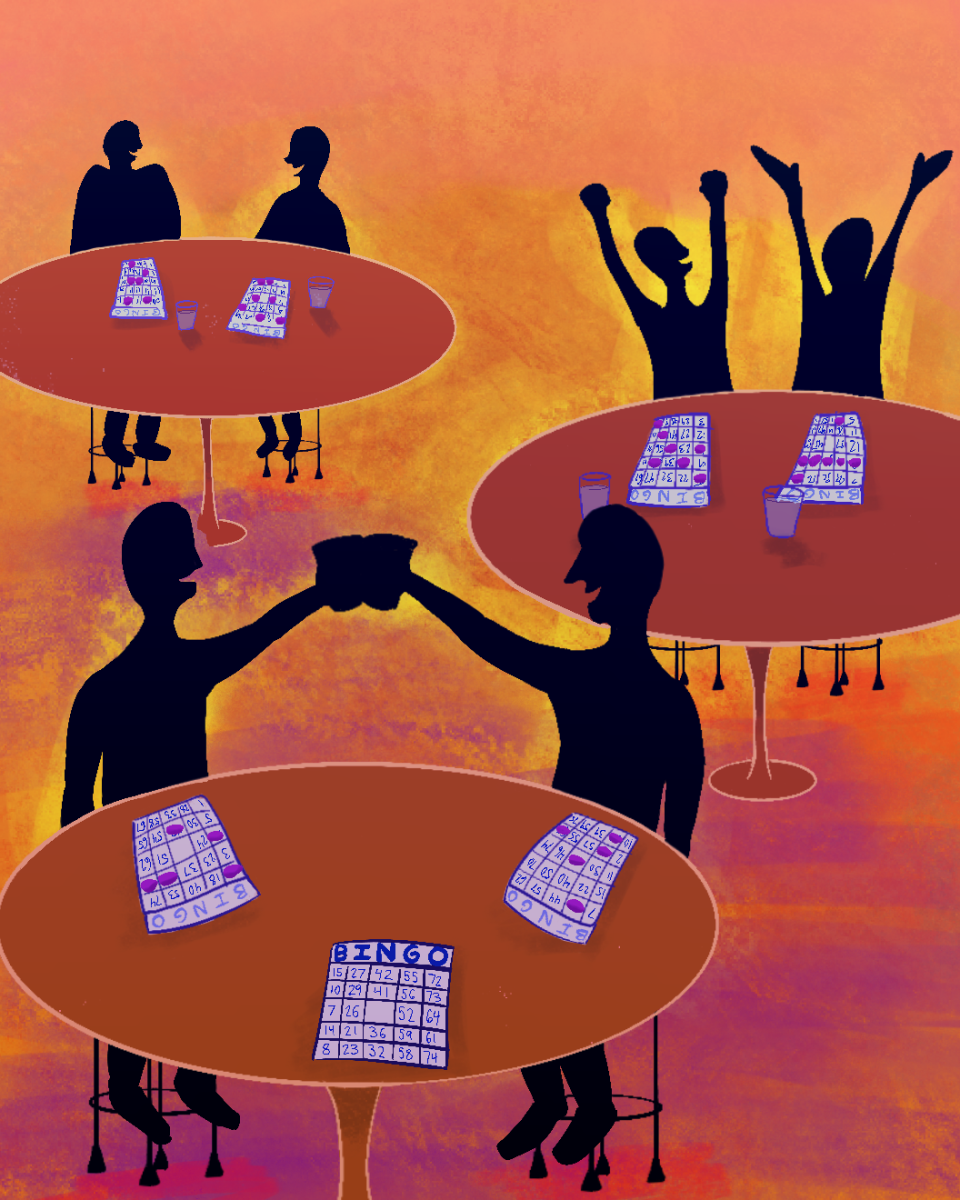

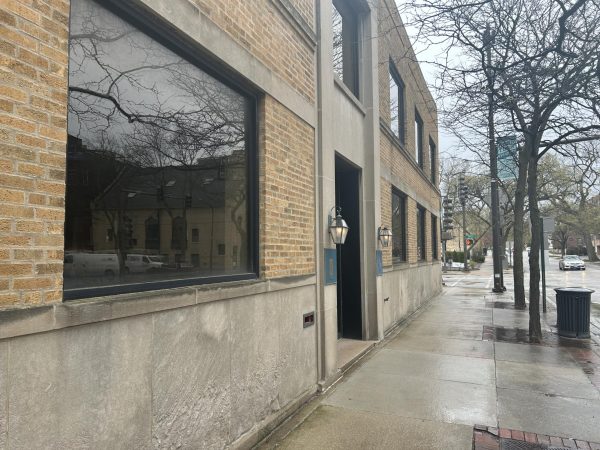
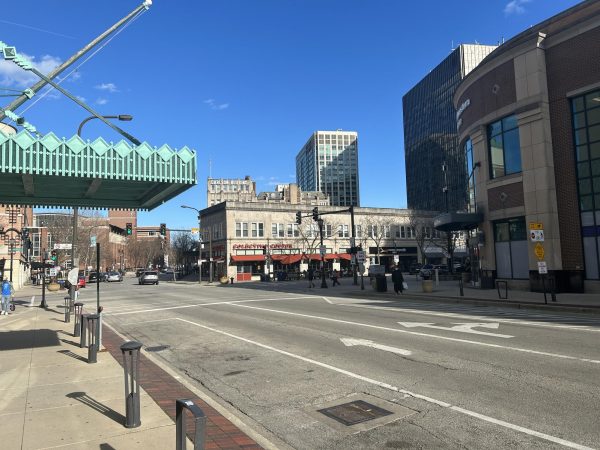



Ronald McDonald • Feb 17, 2019 at 2:36 pm
such a brave speaker